10 key points to perform and stay an injury-free runner

Here are the different points most runners want to consider in order to increase their performance while minimizing the odds of getting injured. 1. The majority of runners sustain an overuse injury over a 1-year period. 2. Chose dynamic stretches over static stretches before a run. You want to increase your body temperature. 3. Knee […]
Key points of a runner’s knee clinical assessment

A non-traumatic knee problem is, most of the time, linked to something happening upstream – the hip – or downstream – the ankle. To keep it fairly simple, let’s simplify the knee assessment to the way the legs look in a standing position. Excessive knee abduction – knees are close to each other / […]
Can runners’ gait be effectively re-trained?
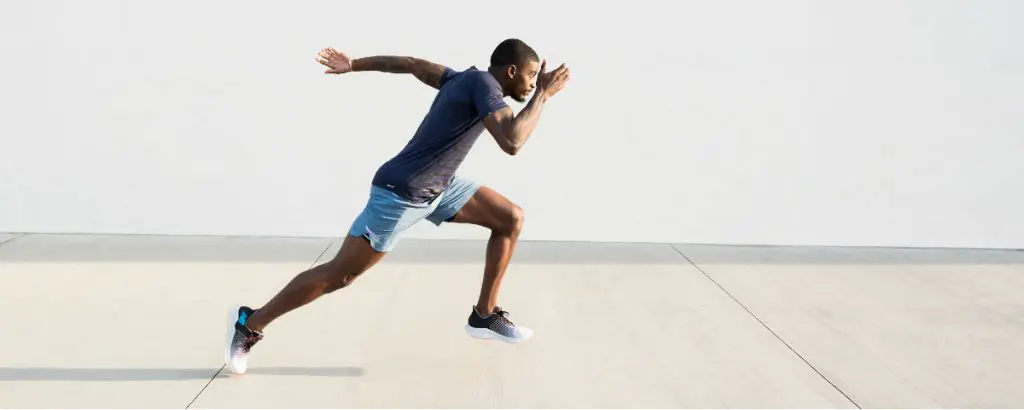
Running mechanics have often been cited as potential causes for running-related injuries. It is believed that altering one’s mechanical pattern may lead to reduce the loads on tissues and joints. Altering your running technique is not an easy task, as locomotion is thought to be pretty much automatic and difficult to change. There are 2 […]
Hip to foot relationship and running injuries

Torsional forces commonly happen during running, and their increase is believed to be associated with higher injury risk. The measure of such forces during the stance phase of the gait is called the free moment. Free moment can be described as the resistance to toeing out when the foot is fixed to the ground. For […]
The hip anatomical alignment and flexibility
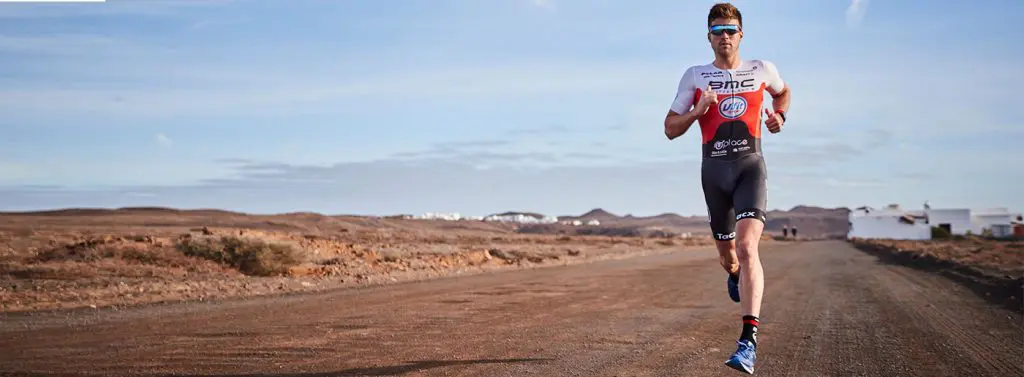
There are very few scientific proofs about the reliability and validity of hip and pelvic alignment measures. A longer or shorter leg has often been pointed out as having an impact on biomechanics and joint injury. From the literature, a leg length discrepancy – LLD – has to be over 20mm, measured on an X-ray. […]
Hip strength and running injuries
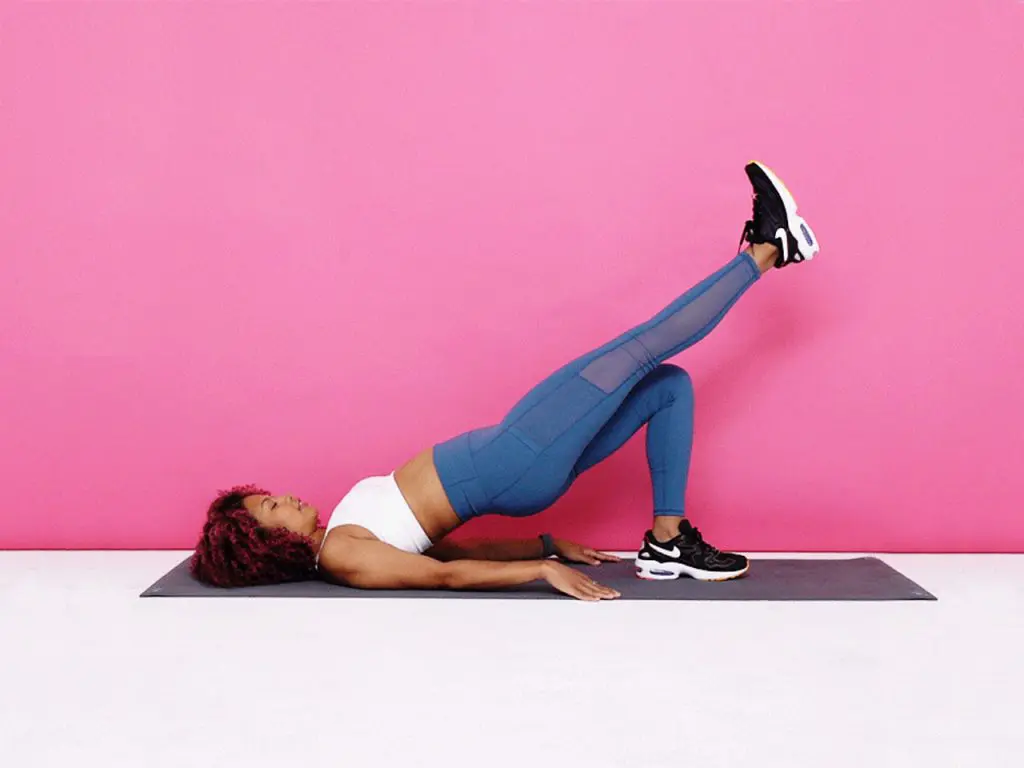
The first 20% of the stance phase – from landing to toes-off – relies predominantly on our quadriceps and gluteus muscles. They prevent the knee and hip from collapsing when the knee bends. The two muscle groups help us to maintain balance and not fall forward/laterally. During the midstance, gluteus muscles remain active, while stability […]
Assessing hip mechanics for runners
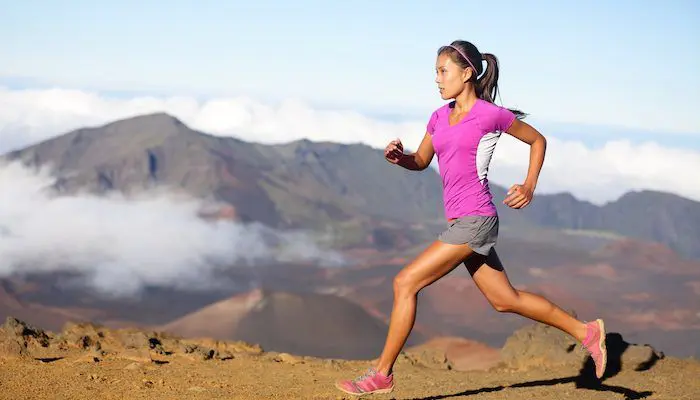
Over the past 20 years, the hip joint has been focused as a key injury predictor. When the knee flexes, internally rotates and abducts during the first half of stance, the hip works in a similar fashion. After heel strike and during the first third of the stance the hip flexes then undergoes almost full […]
The importance of our knee muscles flexibility
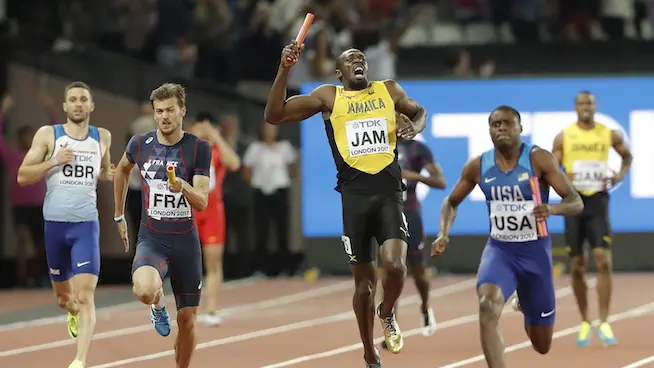
There is a hole in scientific research when assessing our knee muscles. While the quadriceps and hamstrings have been studied quite extensively, others, like the IT band, our adductors, and sartorius have an unknown contribution to the gait mechanics. The flexibility of the hamstring – the back of our thigh – seems to be critical […]
The anatomical alignment of the knee

It has been discussed for a long time that our pelvis/hip structure may influence the running-related injury rate. An increase of the Q-angle – the angle between the femoral bone and a vertical line – has often been described as a risk factor, putting more load on the outside part of the kneecap. Science […]
A basic knee muscles overview
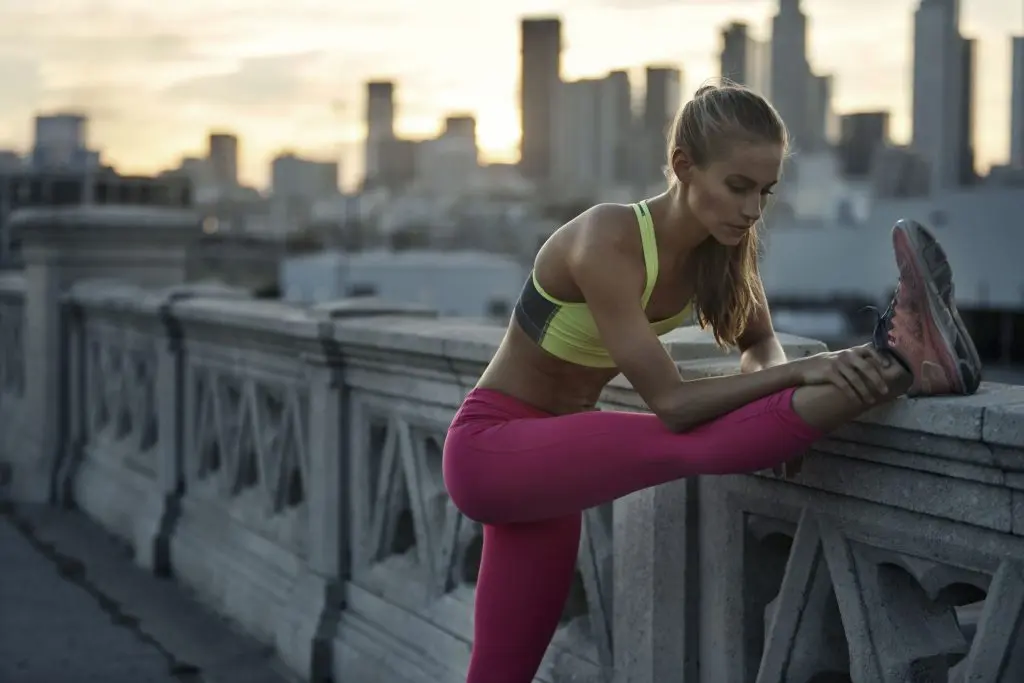
Several muscles cross the knee, to provide dynamic control and stability. Hamstrings and quadriceps are key muscles with our gait. The main reason being most of the movement happening in a sagittal plane. The first group of muscles acts during the swing phase, for an eccentric control of our knee extension. It prepares for the […]
